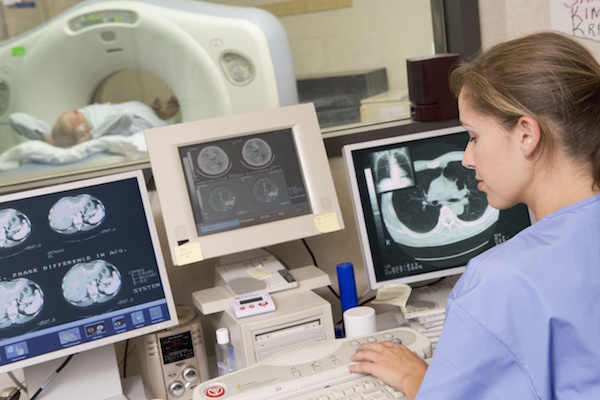
WEDNESDAY, July 13 (HealthDay News) — People with autism and their siblings share a similar pattern of reduced activity in an area of the brain associated with empathy, researchers say.
The identification of this so-called ‘biomarker’ for a familial risk for autism could help scientists determine the causes behind the disorder, the new study suggests.
“The findings provide a springboard to investigate what specific genes are associated with this biomarker. The brain’s response to facial emotion could be a fundamental building block in causing autism and its associated difficulties,” the study’s lead author, Dr. Michael Spencer, from the University of Cambridge Autism Research Centre, said in a university news release.
In conducting the study, published in the July 12 edition of the journal Translational Psychiatry, researchers examined 40 families who had both a teenager with autism and a sibling without the disorder, as well as 40 teenagers with no family history of autism.
The brains of the 120 participants were scanned using functional MRI while they viewed photographs of faces displaying certain emotions or no emotion at all. By comparing brain activity while the participants were looking at different emotions, the researchers could pinpoint the areas of the brain that responded to each one.
The investigators found that brothers and sisters of those with autism had a reduction in brain activity similar to their autistic sibling (though not as profound) when viewing others’ emotions. Although they were not diagnosed with autism or Asperger’s syndrome, the activity in various areas of the siblings’ brains (including those associated with empathy, understanding others’ emotions and processing information from faces) was lower than those with no family history of the disorder.
Moreover, the scans of those with autism revealed that the same areas of the brain as their siblings were also underactive, although more so than their healthy relatives. The researchers concluded that these brain activity differences could be associated with the same genes that give the siblings their genetic risk for autism.
The findings could help explain why the chances of siblings of those with autism might develop the disorder are at least 20 times higher than the general population, the study authors said.
“This is the first time that a brain response to different human facial emotions has been shown to have similarities in people with autism and their unaffected brothers and sisters. Innovative research like this improves our fundamental understanding of how autism is passed through generations affecting some and not others,” Chris Kennard, chairman of the Medical Research Council funding board for the research, said in the news release.
More information
The U.S. National Institute of Neurological Disorders and Stroke provides more information on autism.

